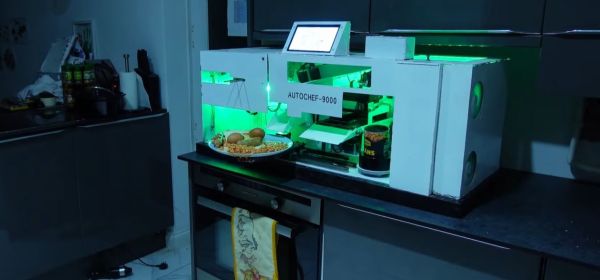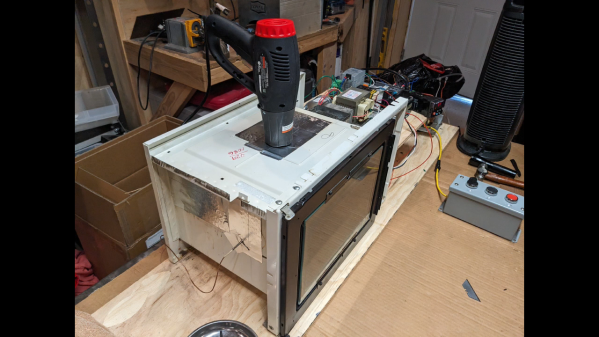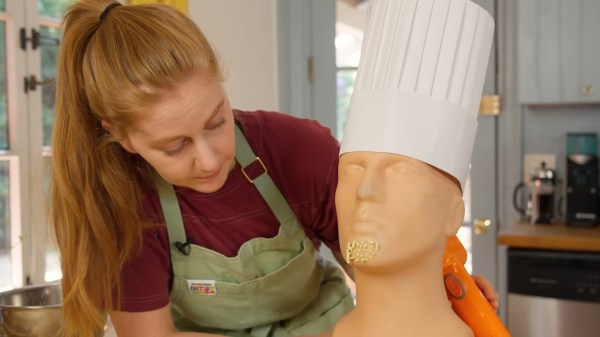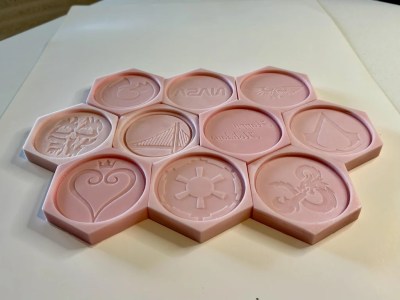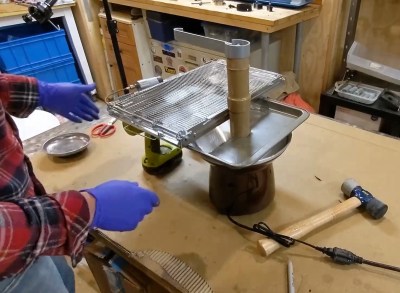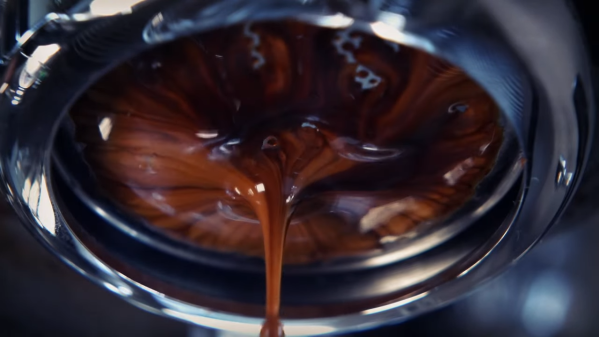
Although often featured in movies – ranging from Back to the Future to Wallace and Gromit – the contraptions in those are rarely practical, and real-life attempts often suffer the problem of feature creep as they have to handle too many ingredients and operations. This is where [Greg] found redemption in the simplicity of a proper British breakfast: beans, toast, sausages (sossys), and eggs. Months of CAD, welding, breadboarding, and writing Arduino code later, he made a machine that can open a can of beans, toast bread, boil eggs, fry up sausages, and deposit it all on a plate, all ready for that morning breakfast first thing when you stroll into the kitchen.
Thanks to [htky] for the tip.
Continue reading “A Fully Automatic British Breakfast: Ready While You Sleep”

